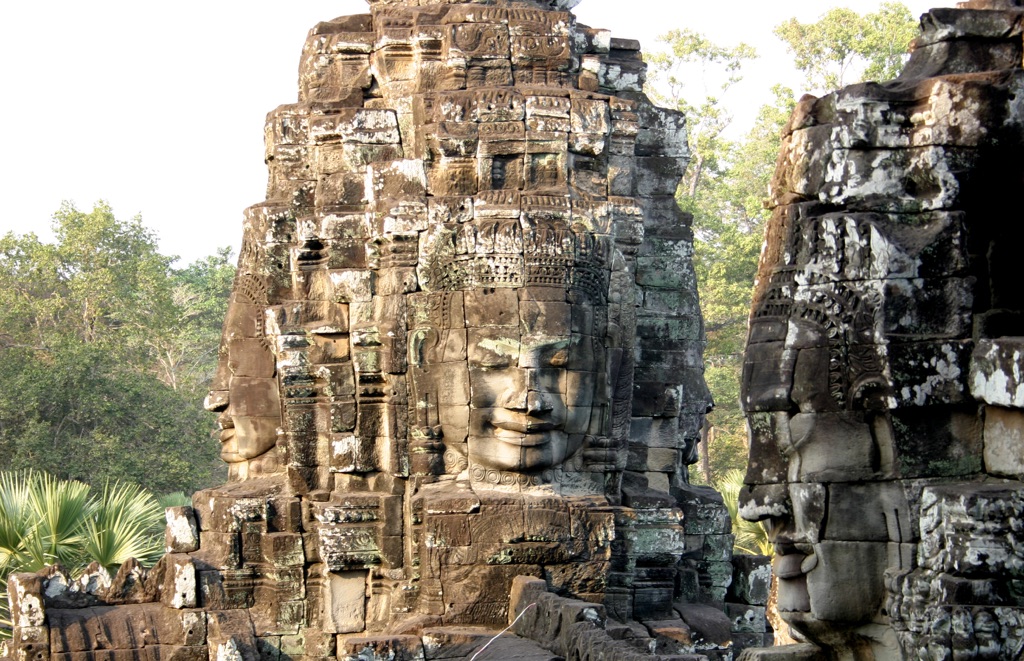Angkor Thom, the last capital of the Khmer Empire, stands as a testament to Cambodia’s rich history. Founded by King Jayavarman VII in the late 12th century, this ancient city is renowned for its grand architecture and intricate carvings. Enclosed by massive walls and a moat, Angkor Thom was a fortified city center, housing iconic temples such as the Bayon, with its serene stone faces, and other significant structures like the Terrace of the Elephants. Today, it remains a symbol of Cambodia’s cultural heritage and continues to captivate scholars and tourists alike.
Get your dose of History via Email
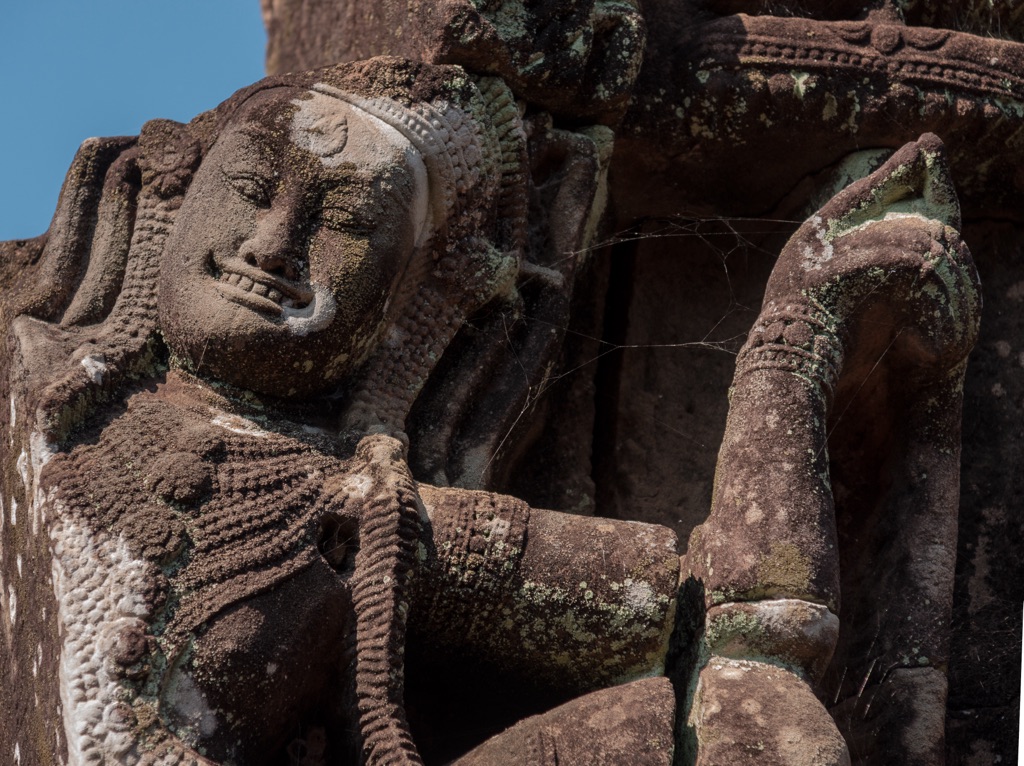
Historical Background of Angkor Thom
Angkor Thom’s discovery by the Western world dates back to the 19th century. French naturalist Henri Mouhot is often credited with bringing it to international attention. However, locals were well aware of its existence long before. The city was built by King Jayavarman VII, a Mahayana Buddhist, who came to power following the Cham invasion. Angkor Thom was not only a political and religious center but also a symbol of the king’s monumental ego.
After its construction, Angkor Thom remained the capital of the Khmer Empire until its decline. Several Hindu and Theravada Buddhist kings inhabited it, leaving their marks on the city’s architecture. The city’s population may have peaked at 80,000-150,000 people. Over time, the site was abandoned and reclaimed by the jungle, obscuring its grandeur for centuries.
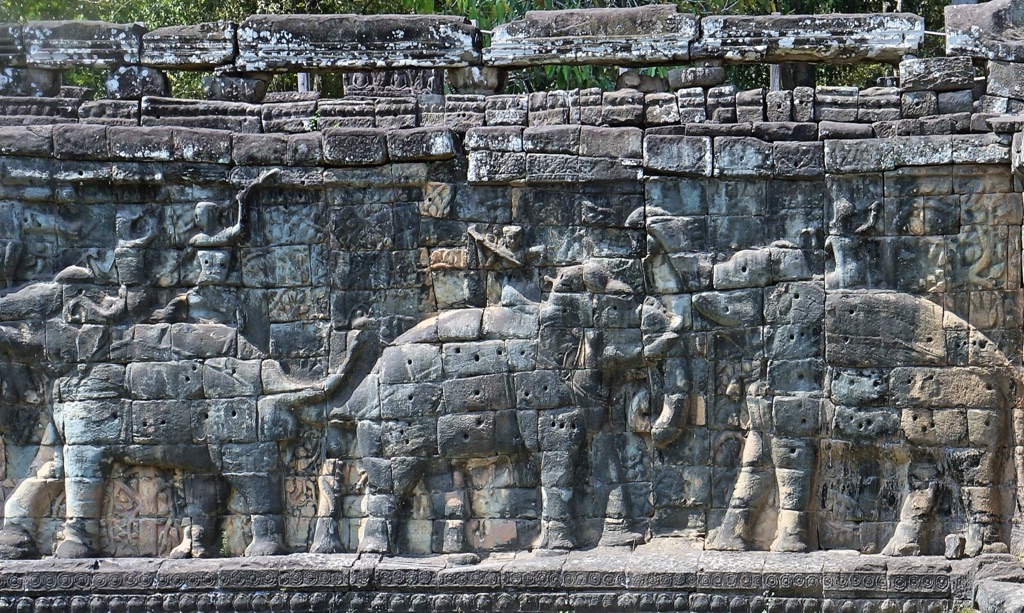
Angkor Thom has witnessed significant historical events, including the transition from Hinduism to Buddhism. This shift is evident in the city’s art and architecture. The Bayon temple, for instance, features a mix of Buddhist and Hindu imagery. The city’s decline is often attributed to the rise of Ayutthaya, ecological failure, and infrastructural breakdown.
Excavations and restorations began in the early 20th century, led by the French. These efforts have continued into the present, with numerous international teams working to preserve the site. Angkor Thom, along with the rest of the Angkor region, was declared a UNESCO World Heritage site in 1992, ensuring its protection and conservation.
Angkor Thom’s historical significance is immense. It represents the zenith of Khmer architectural and artistic expression. The city’s design reflects the Khmer Empire’s sophisticated understanding of urban planning and hydraulic engineering. As a historical site, Angkor Thom provides invaluable insights into the social, religious, and political life of a once-mighty Southeast Asian empire.
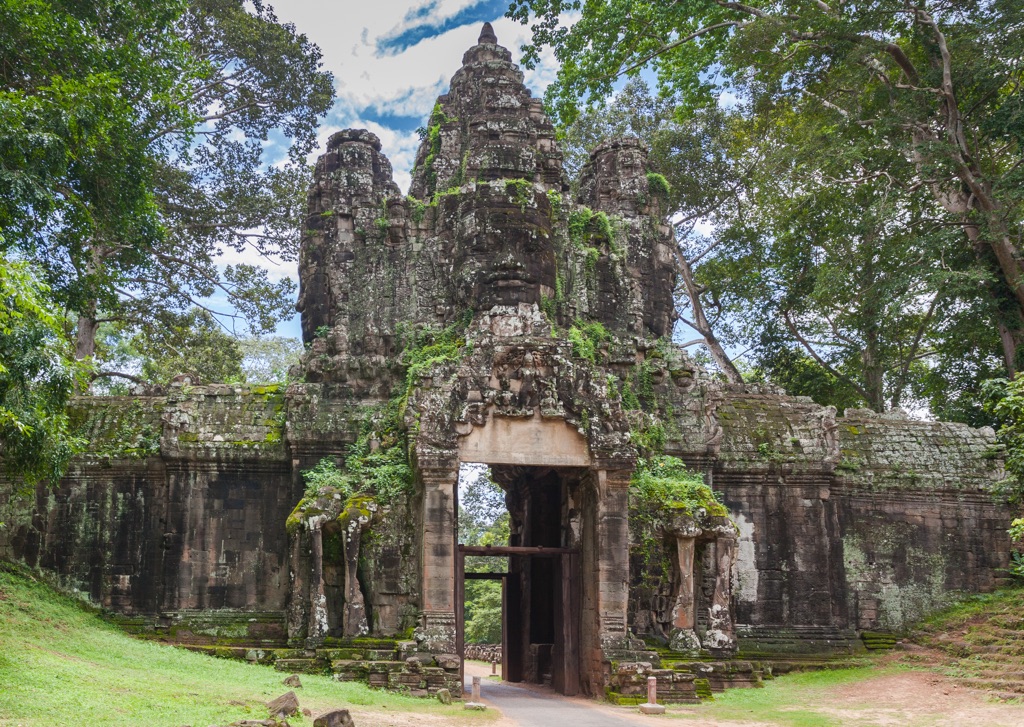
About Angkor Thom
Angkor Thom is a marvel of ancient engineering and design. The city spans approximately 9 square kilometers, surrounded by an 8-meter-high wall and a 100-meter-wide moat, which symbolized the mythical oceans surrounding Mount Meru. The city is laid out in a square, reflecting the Khmer Empire’s cosmological beliefs.
The city’s centerpiece is the Bayon Temple, famous for its towers adorned with serene, smiling faces, believed to be images of the bodhisattva Avalokiteshvara or perhaps a likeness of King Jayavarman VII himself. The temple’s design is a departure from the classical style of Angkorian temples, featuring a multitude of serene and smiling stone faces on the many towers.
Other architectural highlights include the Terrace of the Elephants, used as a platform for the king’s public appearances, and the Terrace of the Leper King, featuring detailed carvings of deities and mythological beings. The Baphuon, Phimeanakas, and Preah Palilay are other significant structures within the city, each with its unique architectural and artistic features.
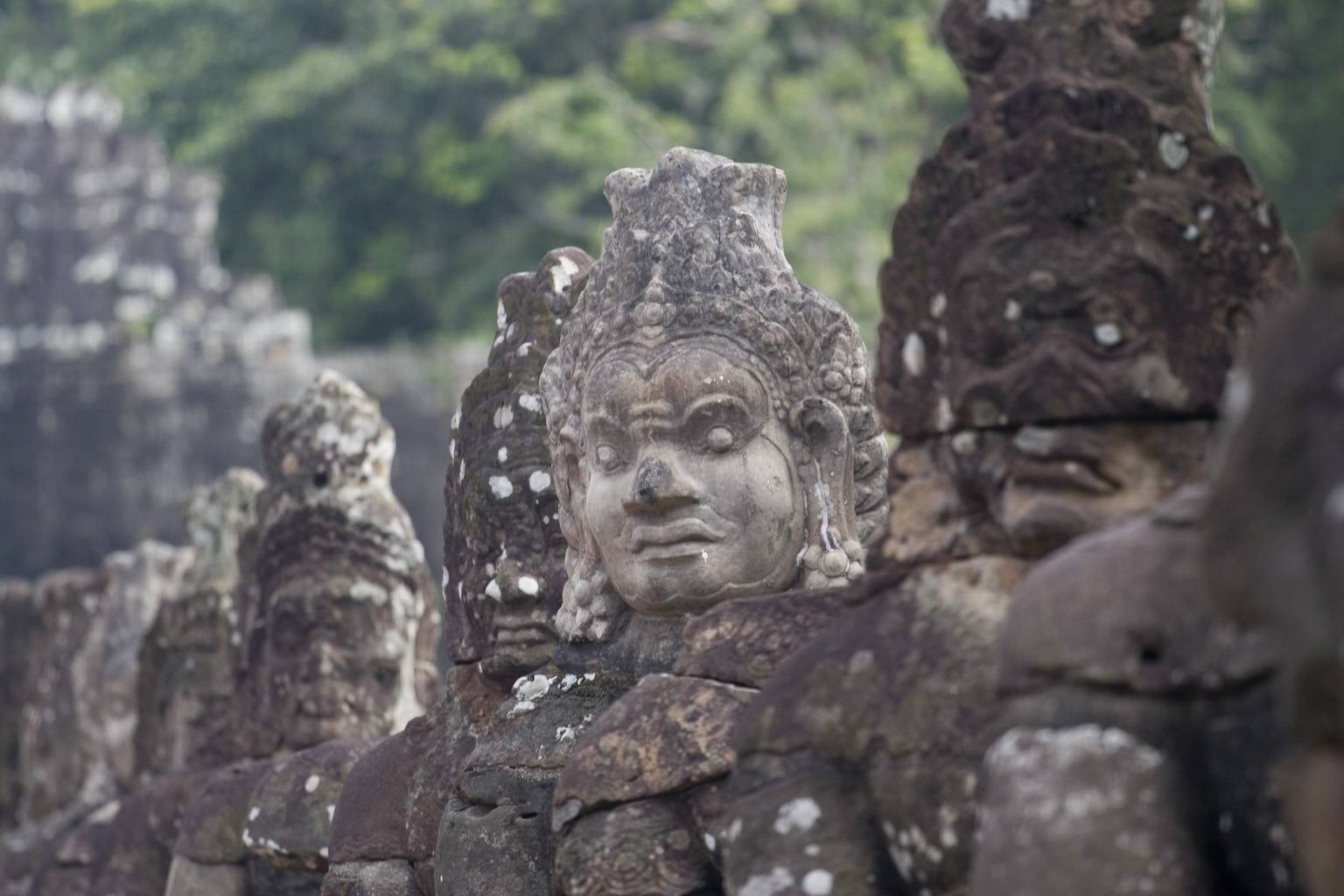
The construction of Angkor Thom involved sandstone and laterite, materials commonly used in Khmer buildings. The city’s layout, with its cardinal points aligned with the cardinal directions, and the naga balustrades leading to the gates, reflects a high level of precision and symbolism in Khmer architecture.
Angkor Thom’s architectural elements are not only aesthetically impressive but also serve as a historical record. The bas-reliefs depict everyday life, religious rituals, and historical events, providing a glimpse into the world of the ancient Khmer civilization. The city’s design and construction techniques continue to be studied for their sophistication and ingenuity.
Theories and Interpretations
Angkor Thom has been the subject of various theories and interpretations. Scholars have long debated the symbolism behind its architectural layout, which some believe represents the Hindu cosmology, with the Bayon standing in for Mount Meru, the home of the gods.
The faces on the Bayon’s towers have sparked numerous theories. Some suggest they represent the all-seeing king, while others argue they are images of a deity. The exact significance remains a topic of scholarly debate, reflecting the enigmatic nature of the site.
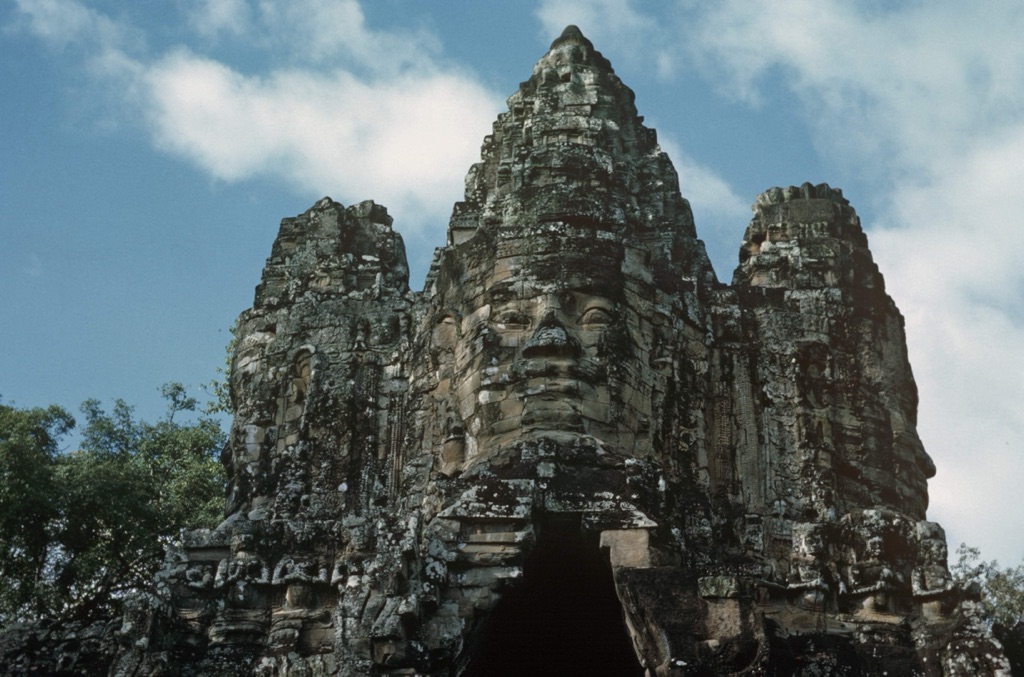
There are mysteries surrounding Angkor Thom’s decline. Some historians attribute it to overpopulation, environmental degradation, or war. Others suggest a more gradual decline due to changing political and religious dynamics. The true cause is likely a combination of factors, each contributing to the city’s eventual abandonment.
Historical records and inscriptions have been crucial in piecing together Angkor Thom’s past. However, gaps in the record require interpretation and educated guesses. Archaeologists have used various dating methods, including thermoluminescence and radiocarbon dating, to understand the timeline of Angkor Thom’s construction and occupation.
Recent archaeological methods, such as aerial laser scanning (LiDAR), have revealed more about Angkor Thom’s layout and the surrounding landscape. These findings have led to new theories about the city’s water management systems and the extent of urban sprawl, highlighting the complexity of the Khmer Empire’s infrastructure.
At a glance
Country: Cambodia
Civilization: Khmer Empire
Age: Late 12th century AD

